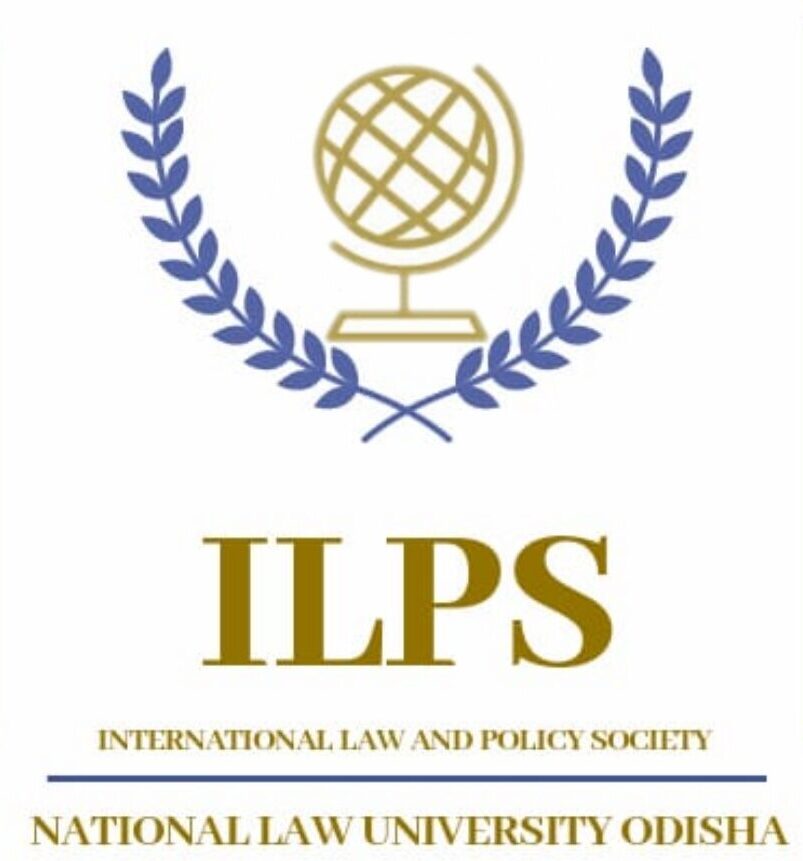
Introduction
Over the past decade, the space industry has witnessed an emerging interest in outer space activities by States, international organizations, and private entities. Simultaneously, such participation has resulted in increasing concerns regarding the future of the outer space ecosystem. The injudicious use of the earth’s finite orbital space environment has led to issues ranging from the proliferation of space debris to risks of collision between space objects. For instance, in May 2021, the re-entry of the Chinese Long March 5Brocket into the earth’s atmosphere was controversial until the last minute – experts were unable to predict the exact location of the impact. While the incident did not result in any damage, the potential danger of this event reignited the debate of the environmental consequences of space exploration activities.
Owing to limitations in their existing capabilities, it is important for States to responsibly execute operations with precision and improve their ability to avoid potential accidents, even if it does not cause any damage to property or life on earth, or in outer space. Fortunately, the importance of various benefits derived from space technology has encouraged States to prioritize the preservation of the outer space environment.
The Challenges
Space debris
As of October 2020, 60% of the satellites orbiting the earth are defunct objects. Over the years, the United Nations Committee on the Peaceful Uses of Outer Space (‘COPUOS’) has made tremendous efforts towards minimizing the creation of space debris. In 2002, the Inter-Agency Space Debris Coordination Committee published the debris mitigation guidelines based on principles such as preventing on-orbit break-ups and limiting the release of objects during normal operations. In 2007, COPUOS adopted a similar set of guidelines, for the mission planning, design, manufacture, and operational phases of spacecraft and launch vehicle orbital stages.
While compliance with space debris mitigation practices has been increasing, albeit at a snail’s pace, its successful implementation is insufficient to ensure a sustainable environment in the long run. Additionally, our existing technology does not permit us to track, observe, and catalogue every object in outer space. As a result, it might be difficult to ascertain liability and hold a particular State accountable for damage in cases of an accident involving indeterminate space debris. Apart from focusing on the completion of their respective missions, States must also be prepared to bid an ethical farewell to space objects during such missions. With this objective in mind, the World Economic Forum is scheduled to launch the ‘Space Sustainability Rating’ in 2022, which aims to increase the transparency of debris mitigation efforts undertaken by States and organizations. One can only hope that such a rating mechanism is implemented uniformly across all spacefaring nations, without any discrimination, in order to have a deterrent effect on the behaviour of all entities in outer space.
Nuclear power sources
Due to attributes such as compactness and longevity, Nuclear Power Sources (‘NPS’) are used in space missions which require more endurance than can be generated by other means. In 1992, the Principles Relevant to the Use of NPS in Outer Space (the ‘NPS Principles’) were brought into effect after being negotiated in the aftermath of radiological damage caused to Canada by the Soviet Spacecraft Cosmos 954 during its re-entry in January 1978. As per the NPS Principles, the use of NPS in outer space should be based on a “thorough safety assessment”, so as to reduce the risk of accidental exposure to harmful radiation. In 2009, COPUOS adopted the Safety Framework for NPS Applications in Outer Space (the ‘NPS Safety Framework’). Broadly, the NPS Safety Framework seeks to provide high-level guidance and sets out provisions for safety processes, technical competence in nuclear safety, and accident consequence mitigation.
Due to the non-binding nature of the NPS Principles and the NPS Safety Framework, two questions remain unanswered: one, the nature of safety measures that States are willing to adopt and two, the extent of risk that they are prepared to tolerate in executing outer space missions. An additional cause for concern is that the NPS Principles lack internal consistency and the generic approach to safety after end-of-service of space NPS applications (as adopted by the NPS Safety Framework) is seen to be more helpful to space NPS practitioners. Therefore, there is a dire need to make the NPS Principles more practical in terms of implementation, by conducting negotiations in mutual interest.
Interplanetary contamination
Space exploration carries with it an inherent risk of contaminating life forms on other celestial bodies and the earth (also known as forwarding contamination and backward contamination, respectively). Recognizing the need to promote scientific space research to resolve these issues, the Committee on Space Research (‘COSPAR’) was established in 1958. The COSPAR Policy on Planetary Protection (the ‘COSPAR Policy’), approved on 3 June 2021, provides for, inter alia, (a) category-specific planetary protection requirements; and (b) guidelines for ‘forward contamination’ calculations.
Given that the COSPAR Policy sets out guidelines in respect of missions to the Moon, Mars, Europa, and Enceladus, the work carried on by COSPAR is quite futuristic. Therefore, it is crucial that the policy frameworks (at the international and national level) account for new developments in the nascent space industry and remain periodically updated. With several missions working towards collecting samples from outer space, States will need to cooperate and formulate a uniform protocol for these missions. Such protocol could provide for a mutually agreed mechanism in which samples from outer space must be brought to earth, stored, and handled by States, with due regard to the interests of other States.
Legal Regime
As the province of all mankind, outer space cannot be subject to national appropriation or sovereignty in any manner, by any person or State. While Article I of the Treaty on Principles Governing the Activities of States in the Exploration and Use of Outer Space, including the Moon and Other Celestial Bodies (the ‘Outer Space Treaty’) endows States with the freedom of scientific investigation in outer space, the treaty does not set out a mechanism to manage the aftermath of such investigation, such as removal of space debris. In addition, although the Outer Space Treaty promotes the exploration and use of outer space for peaceful purposes, it does not impose an equally positive obligation on States to protect the outer space environment. For instance, Article IX of the Outer Space Treaty does not require States to proactively take steps to resolve any environmental concerns – it only creates an ambiguous requirement to adopt appropriate measures for the avoidance of interplanetary contamination.
As far as liability is concerned, the Convention on International Liability for Damage Caused by Space Objects (the ‘Liability Convention’) imposes the liability on the launching State in cases of damage, albeit with separate constructs for absolute and fault-based liability. However, the Liability Convention narrowly defines the term damage to mean loss of life, personal injury, or damage to property of States, persons, or international intergovernmental organizations. Consequently, there is no process for ascertaining accountability on a space actor merely for polluting the outer space, which has not resulted in any damage per se. With an increase in the number of outer space missions, the absence of a liability provision, or a rule akin to the polluter-pays principle, complicates the challenges that we face in outer space today.
Concluding Remarks
The fields of space law and international environmental laws are significantly intertwined. Unfortunately, existing policies and guidelines are grossly inadequate and ought to be more comprehensive. For instance, the existing scope of the NPS Safety Framework clearly states that it does not provide for the protection of the environment of other celestial bodies.
At present, our outer space behaviour is unsustainable and if we fail to rectify this situation, it might be unsafe for humans to continue outer space activities. In 2019, COPUOS adopted the ‘Guidelines for the Long-term Sustainability of Outer Space Activities’ (the ‘Sustainability Guidelines’) so as to provide guidance on the safety of space operations. However, such “non-binding” guidelines disincentivize responsible behaviour in outer space by diluting State accountability. Additionally, certain States have believed that the major challenges in implementing the Sustainability Guidelines are in terms of (a) balancing sustainability measures with commercial viability; and (b) the need for more mature space debris mitigation technology. Thus, to implement effective solutions, States must adopt a consistent approach towards defining and interpreting principles as well as identifying and resolving issues related to the Sustainability Guidelines and other space sustainability measures.
The importance of the bridging role played by national legislation between soft law and legal obligations cannot be undermined. However, while certain states have taken initiatives to implement the Sustainability Guidelines, most States are currently only in the process of drafting the relevant legislation in this regard. With increasing endeavours made by the global community in space exploration, States must proactively share the results of their research and learnings from their respective missions with one another. The global space race should be spearheaded by a mutual feeling of cooperation, which would place the space industry in a better position to tackle environmental issues.
This article is written by Geetanjali



